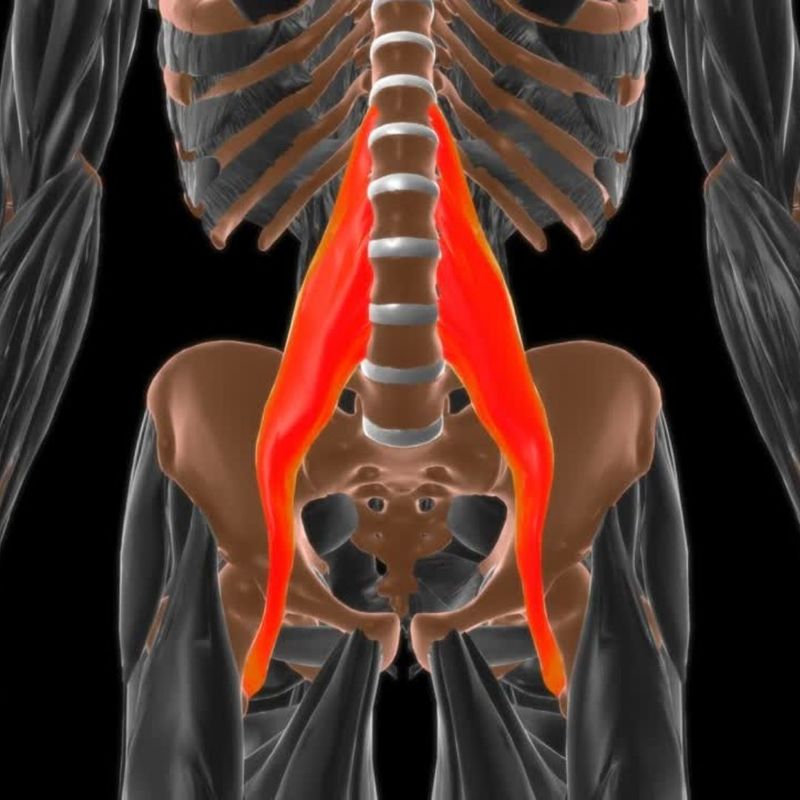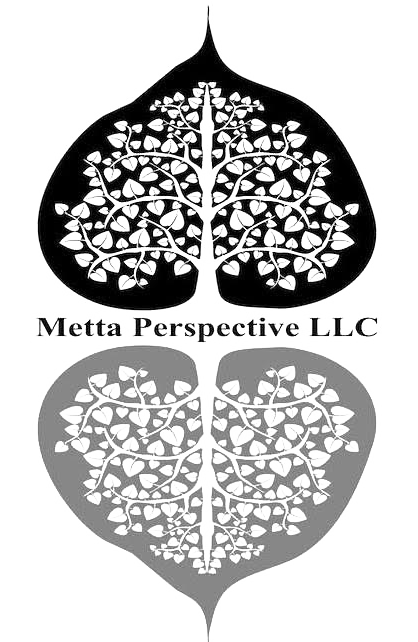
Is Your Low Back and Groin Pain Your Psoas?
Are you suffering from psoas pain? Have you tried acupuncture as a means of relief? Acupuncture has been used for centuries to treat a variety of ailments, including psoas pain. This blog post will discuss what psoas pain is, how it is caused, and how trigger point acupuncture can help you heal. We’ll also discuss the origin and insertion of the iliopsoas muscle, its actions, and the synergists and antagonists of the iliopsoas muscle.
What is Psoas Pain?
Psoas pain is a type of pain that is caused by tightness or tension in the psoas muscle, which connects the upper body and trunk to the lower body. The psoas major muscle originates along the bodies and transverse processes of the lumbar vertebrae and inserts at the lesser trochanter. The iliacus muscle originates in the iliac fossa and inserts at the lesser trochanter, connecting the hip to the leg.
Psoas pain can be caused by a variety of factors, including overuse of muscles, sitting for long periods of time, and weak core muscles. It can also be caused by injuries such as iliopsoas tendinitis (snapping hip syndrome) and psoas syndrome.
How Can Trigger Point Acupuncture Help?
Trigger point acupuncture can help release tightness in the psoas muscle and relieve psoas pain.
There are three main trigger point areas in the psoas muscle that generally refer pain to the low back, to the sacrum, and to the upper part of the thigh or groin area.
Acupuncture treatment for tight hip flexors and psoas can be hugely beneficial after just one or two treatments. Dr. Graziano will use a combination of techniques including trigger point acupuncture, acupressure, cupping, and moxibustion to release the tension in the psoas muscle and reduce the pain.
Conclusion
Psoas pain can be caused by a variety of factors, including overuse of muscles, sitting for long periods of time, and weak core muscles. Trigger point acupuncture can be an effective way to release psoas trigger points and muscle tightness which can cause back and hip pain.
